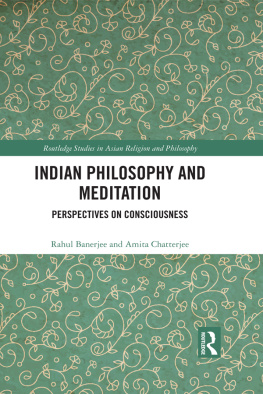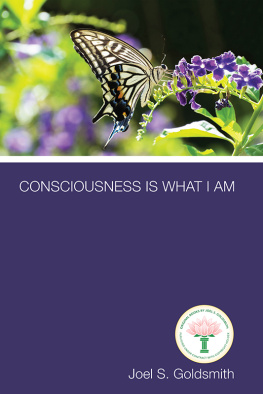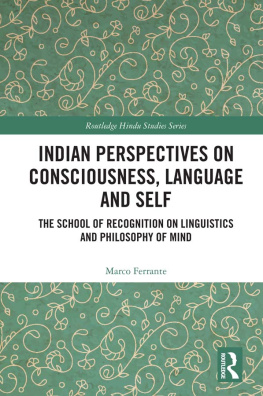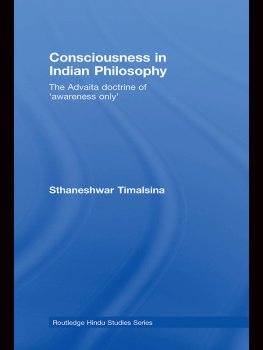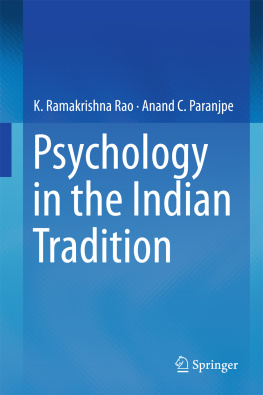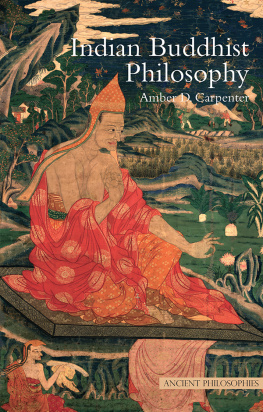First published 2018
by Routledge
2 Park Square, Milton Park, Abingdon, Oxon OX14 4RN
and by Routledge
711 Third Avenue, New York, NY 10017
Routledge is an imprint of the Taylor & Francis Group, an informa business
2018 Rahul Banerjee and Amita Chatterjee
The right of Rahul Banerjee and Amita Chatterjee to be identified as authors of this work has been asserted by them in accordance with sections 77 and 78 of the Copyright, Designs and Patents Act 1988.
All rights reserved. No part of this book may be reprinted or reproduced or utilised in any form or by any electronic, mechanical, or other means, now known or hereafter invented, including photocopying and recording, or in any information storage or retrieval system, without permission in writing from the publishers.
Trademark notice: Product or corporate names may be trademarks or registered trademarks, and are used only for identification and explanation without intent to infringe.
British Library Cataloguing-in-Publication Data
A catalogue record for this book is available from the British Library
Library of Congress Cataloging-in-Publication Data
A catalog record for this book has been requested
ISBN: 978-1-138-30897-8 (hbk)
ISBN: 978-1-315-14323-1 (ebk)
Typeset in Times New Roman
by Apex CoVantage, LLC

The last few decades have seen the reemergence of consciousness as an active area of research both in philosophy and in the natural sciences. Since the current interest in consciousness is primarily being fueled by the sciences there appears to be a universally held assumption that consciousness at least in us humans is due to or produced in some manner from brain activity. What kind of brain activity produces consciousness is of course an open scientific question. This book provides alternative points of view to that assumption. The entire Indian experience spanning three thousand years until today is unequivocal in maintaining that consciousness is not only a fundamental reality in its own right, the relation between the brain and consciousness is actually the other way around. It is consciousness which uses the brain or the body and some form of consciousness survives the dissolution of the physical organism. We would hasten to add that no one denies the mutual conditioning of the physical organism and its associated conscious mind. What the Indian theorists denied was the presumption that consciousness can be either reduced to or is identical to some form of biophysical activity based on the body. An analogy might help to clarify the Indian philosophical positions. Electromagnetic waves or the electromagnetic force can be considered one of the fundamental forces of the physical universe. Our technological inventions do indeed produce electromagnetic waves, but from a more fundamental standpoint the production of these appliances is dependent on and derived from the application of electromagnetic phenomena. The same kind of relationship could hold between consciousness and the physical aspects of the biological organism. The large-scale acceptance of the view that consciousness is either identical to or wholly derived from the brain could have unforeseen consequences in the future.
In this book we have tried to present and critically examine alternative models of the conscious mind from Indian sources and have also included a manualised description of meditative practices which enables one to see their main conclusions. We believe that in these troubled times as the world lurches from one crisis to another the Indian views on consciousness are of quintessential interest. This book attempts to describe the Indian philosophical positions and their associated meditative methods as lucidly as possible.
We are grateful to the School of Cognitive Science, Jadavpur University, and the Saha Institute of Nuclear Physics for providing us with all the facilities for this work. We also acknowledge the consistent encouragement and support of Prof. Bikas Chakrabarti (SINP). The helpful guidance of Samani Sanmati Pragya is also acknowledged. Mr Rajarshi Datta Roy is acknowledged for drawing the figures and Mr Debashish Sen for assistance in formatting.
Appendix 3
The bridging relations
All the causal links between cittas, cetasiks and matter has been delineated in the Abhidhamma by means of twenty-four causal relations. These relations can be factored into three sets linking: 1) citta to citta, 2) citta to cetasiks, and 3) citta and cetasiks to matter. Again, the bridging relations describe causal conditioning in three overlapping contexts: a) within the structure of the internal state, b) within the temporal structure of a pathway, and finally c) between mental and physical states.
Any causal relationship will obviously consist of an equation with two sides, the conditioning state and the conditioned state, or in other words two related enti ties one of which exercises a causal influence on the other.
Conditioning State Conditioned State
(Bridging Relation)
Any particular bridging relation could be used in different contexts to link diverse elements (citta, cetasiks, kalpas) or the same entities (conditioning and conditioned) could be related by more than one relation. The twenty-four Bridging Relations are enumerated as:
1) Root, 2) Object, 3) Contiguity, 4) Immediate Contiguity, 5) Dominance, 6) Co-nascence, 7) Reciprocity, 8) Dependence, 9) Strong Dependence, 10) Repetition, 11) Pre-nascence, 12) Post-nascence, 13) Kamma, 14) Vipka, 15) Jhna, 16) Path, 17) Nutriment, 18) Faculty, 19) Presence, 20) Absence, 21) Association, 22) Dissociation, 23) Disappearance, and 24) Non-disappearance.
We will first outline causal/bridging relationships between cittas and their concomitant mental factors, before proceeding to the more abstruse causal links between matter and mind.
Citta to citta and citta to cetasiks
Generally, the bridging relations exemplify two distinct temporal situations: one in which both the conditioning and the conditioned state are present simultaneously and secondly when the conditioning state exists prior to the conditioned state. As has been mentioned previously relations linking cittas or cittas and their cetasiks actually can be grouped under two contexts: a) those which describe the structure of the internal state, and b) those which describe the structure of the pathways. An internal state is a transient complex involving the citta and its configuration of cetasiks. Thus, the relationship of a citta to its cetasiks are co-nascent as they rise and fall simultaneously and reciprocal as no element in the citta-cetasik complex can be separated or isolated from each other. In other words, reciprocity and co-nascence imply that all the simultaneously existing elements of the complex mutually condition each other. However, one sakhra could exercise a dominant causal influence over the rest and then is referred to as the root . As has been mentioned previously, craving, aversion, delusion, detachment, goodwill, and knowledge/insight could assume the status of a root . All the three relationships of co-nascence , reciprocity , and root imply that the conditioning and conditioned states come into existence and pass away simultaneously.
Apart from the six roots, other mental factors could also assume a predominant role such as a strong wish (conation), energetic resolve, intense pleasure or pain, sexual identity, and a host of other factors ( dominance , faculty , strong dependence ).The conditioning element (citta, cetasiks as the case may be) could also be viewed as sustaining and supporting the entire mental aggregate ( nutriment , dependence ). Again, when jhna is performed or physical/mental states are investigated by means of the vipassana technique, we consciously drive to dominance some chosen wholesome cetasiks ( jhna , path ).

